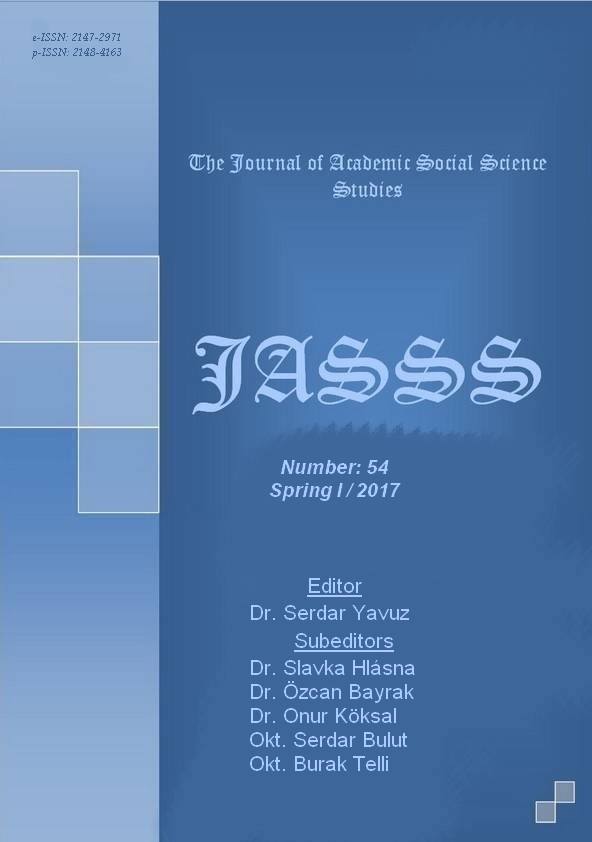YİYECEK İÇECEK İŞLETMELERİNDE ESTETİK DEĞERİN MÜŞTERİLERİN ESTETİK DENEYİMLERİNE VE TEKRAR ZİYARETLERİNE ETKİSİ
Author :
Abstract
Bu araştırmada, yiyecek içecek işletmelerinde estetik değerin müşterilerin estetik deneyimlerine ve tekrar ziyaretlerine etkisi incelenmiştir. Kurulan araştırma modeline göre öncelikle restoranın estetik değer bileşenleri belirlenerek, estetik değerin estetik deneyime etkisi incelenmiştir. Daha sonra estetik değerin ve estetik deneyimin müşterilerin restoranı tekrar ziyaretine etkisi belirlenen hipotezler doğrultusunda test edilmiştir. Çalışma Muğla merkez ilçe ile Milas, Bodrum, Marmaris, Datça, Dalaman ve Fethiye ilçelerinde bulunan Kültür ve Turizm Bakanlığı belgeli lüks restoranlarda, 1. sınıf ve 2. sınıf restoranlarda gerçekleştirilmiştir. Elde edilen verilerin analizinde mutlak ve yüzde değer, faktör analizi, basit ve çoklu regresyon analizleri kullanılmıştır. Araştırmadan elde edilen sonuçlara göre restoranların estetik değeri ile müşterilerin estetik deneyimleri arasında pozitif yönlü anlamlı bir ilişki olduğu; estetik değer ve estetik deneyimin olumlu olmasıyla müşterilerin tekrar ziyaret etme niyetinin de arttığı belirlenmiştir. Buna göre restoranlarda tüketicilerin algı ve duygu durumu üzerinde etkili olduğu bilinen renk, ışık ve objeler gibi ayrıntılar estetik şekilde kullanılarak müşterilerin olumlu estetik deneyim kazanmaları sağlanabilir. Böylece müşterilerin işletmeyi tekrar ziyaret etmeleri sağlanarak, işletmeye rekabet avantajı kazandırılabilir.
Keywords
Abstract
This study presents the effect of aesthetic value of food and beverage businesses on aesthetic experiences of the customers and their revisit intentions. According to the established study model, firstly aesthetic value components of the restaurants were determined and the effect of aesthetic value on aesthetic experiences was revealed. Then, the influence of aesthetic value and aesthetic experience upon revisit intentions of the customers was tested through hypotheses. This study was conducted in luxury restaurants and 1st and 2nd class restaurants located in Mugla city center, Milas, Bodrum, Marmaris, Datça, Dalaman and Fethiye with tourism operation licenses. For the analyses of the obtained data, absolute and percentage value, factor analysis, simple regression and multiple regression analyses were applied. According to the results, it was determined that there was a positive significant relationship between aesthetic value of restaurants and aesthetic experiences of customers and that positive aesthetic value and aesthetic experiences increased revisit intentions of customers. In this way, details like colors, lighting or objects which are known to have an influence upon customers’ perceptions and mood can be used in an aesthetic way that customers can gain positive aesthetic experiences. Thus, by increasing revisit intentions of customers, restaurants can obtain a competitive advantage.





